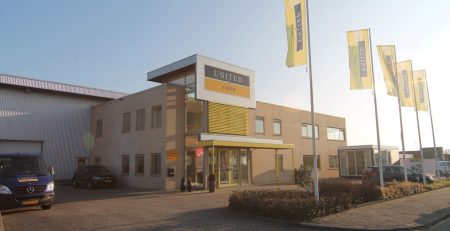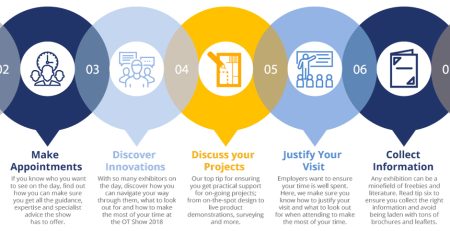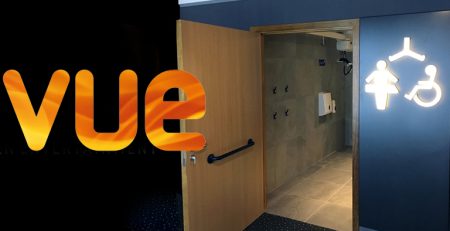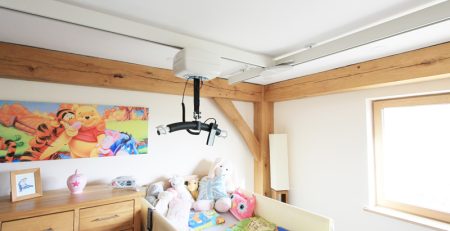Striving for Improvement; How Redefining Hoist Design Is Preventing Accidents and Injury
Striving for Improvement; How Redefining Hoist Design Is Preventing Accidents and Injury for OpeMed customers.
A recent incident in a UK Care Home involving a resident …’dangling from a hoist after the sling slipped from its hooks…’ culminated in a fatality. A tragic accident and an avoidable occurrence that gives us all in this industry reason for inward reflection on the most important features of a Ceiling Hoist – Safety and Security.
As Hoist Manufacturers, it is with the crucial ‘bigger picture’ view that we can analyse situations of this type and apply knowledge gleaned from years in the industry to help prevent a repeat of such accidents. Specifically, in this case, those involving Hoist spreader bars and secure sling attachment.
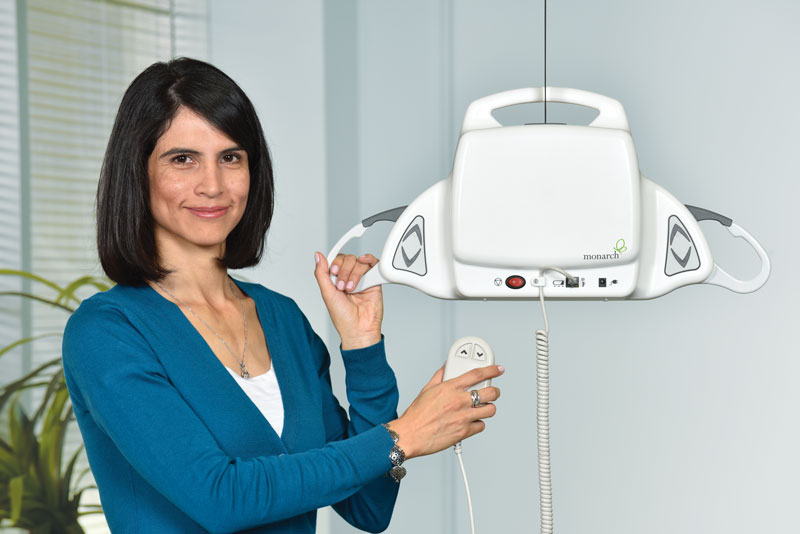
Risks have always been present with medical equipment and the potential for human error. Hence, we have put a lot of energy into the design of the safe integration of the hoist spreader bar and patient slings to provide the safest means of transfer for both users and carers.
The results of this research and development can be seen on the Monarch Portable Ceiling Hoist (discover more here). The design reverses the manner in which a carer would traditionally attach the sling to the spreader bar; the hook mechanism is required to be physically lifted in order to apply the sling. This step promotes intuitive attention to attaching a sling, a step which could become neglected with a simple ‘slip-on’ sling attachment, significantly reducing the risk of the sling accidentally fall off during attachment.
Nick Kent (Managing Director) explains that “the important time and the focus of the carer should be when hooking the sling onto the spreader bar. With the new secure sling mechanism on the Monarch Portable Ceiling Hoist, we have designed a safety system so a physical lifting of the safety catch needs to occur in order to hook the sling on. This dramatically reduces the risk of sling straps not properly attached and falling off, reducing the risk of incorrect sling application.”
In this particular incident, the nurse ‘had been asked to oversee the hoist transfer by two carers because they had problems moving the hoist two days previously.’ According to the Shropshire Star, the nurse said: “[One of the carers] and I did the hoist so I could see if there was a problem. I checked the sling and quickly assessed the room. I put the loops of the sling onto the hooks on the hoist, then I went to the rear of her chair and took her up about three feet. She was well balanced.”
“Next thing I heard [the resident] call out. It was like a howl. It was awful as if she was in pain so I stopped immediately. I noticed that her left leg had come out and she was not in the same position. It happened so quickly. I didn’t have time to do anything and the sling just slipped off the hook. She was left in a dangling position. I have never seen anything like that happen in my 45 years of nursing.”
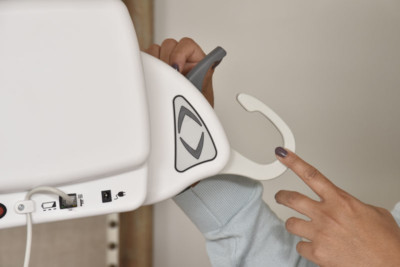
The medical cause of death of the resident was listed as pulmonary heart disease and chronic hyperventilation syndrome. The hip fracture sustained by the resident was given as a secondary factor. The inquest is ongoing.
The incident confirms that these mistakes can occur in practice and solidify the importance and responsibility of manufacturers to invest time and money into increasing the safety of patient hoists, patient slings and spreader bars.
Featuring a unique safety mechanism on the spreader bar, the Monarch Portable is a lightweight portable ceiling hoist (weighing under 5kg and lifting 200kg) mindfully designed to promote the most secure sling attachment. If you would like to see the Monarch Portable Ceiling Hoist in action please contact us
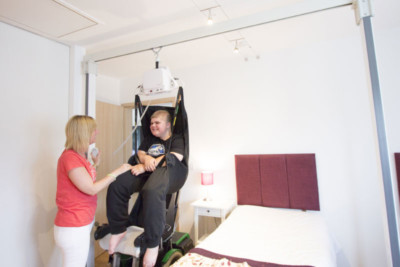
To read the full article covering this tragic incident in the Shropshire Star, click here.


